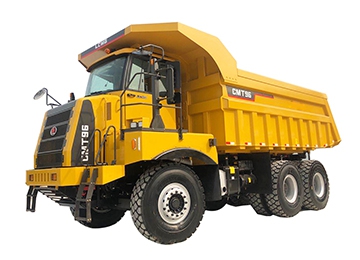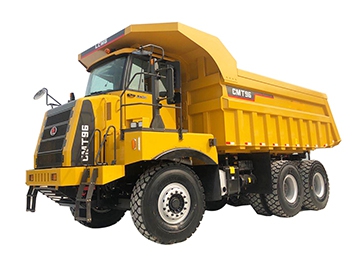Introduction
A
mining car, also known as a mine car or mine cart, is a specialized vehicle designed for transporting materials such as ore, coal, waste rock, and other mining-related substances within a mine. These cars are essential components of mining operations, enabling the efficient movement of materials from extraction points to processing areas or disposal sites. This encyclopedia provides an overview of mining cars, their types, components, working principles, applications, and key features.

Types of
mining cars
Ore Cars:
Designed to carry extracted ore from mining sites to processing facilities.
Often equipped with reinforced structures to handle heavy loads.
Coal Cars:
Specifically used for transporting coal in mining operations.
May include features like side-dumping mechanisms for easy unloading.
Granby Cars:
Feature a pivoting design that allows them to be tipped sideways for unloading.
Commonly used in underground mining.
Skip Cars:
Used in vertical or inclined shafts to transport materials to the surface.
Operate using a hoisting system.
Man Cars:
Designed to transport miners safely within the mine.
Equipped with seating and safety features.
Utility Cars:
Used for transporting equipment, tools, and supplies within the mine.
Versatile and adaptable to various mining needs.
Components of a
Mining car
Car Body:
The main structure that holds the materials being transported.
Made from durable materials like steel to withstand harsh conditions.
Wheels and Axles:
Designed to operate on mine tracks, often with flanged wheels for stability.
Built to handle heavy loads and rough terrain.
Dumping Mechanism:
Allows for easy unloading of materials.
Common types include side-dumping, bottom-dumping, and rotary dumping.
Couplers:
Connect multiple mining cars to form a train for efficient transportation.
Ensure secure connections to prevent accidents.
Braking System:
Essential for controlling the movement of the car, especially on inclined tracks.
Includes manual or automatic braking mechanisms.
Working Principle
Mining cars operate on a rail system within the mine. They are typically pulled by locomotives, winches, or cables, depending on the mine's design. The cars are loaded at the extraction point, transported along the tracks, and unloaded at the designated location. Advanced mining cars may include automated systems for loading and unloading to improve efficiency.
Applications
Underground Mining:
Transporting ore, coal, and waste materials through tunnels and shafts.
Ensuring safe and efficient movement of miners and equipment.
Surface Mining:
Used in open-pit mines to move materials to processing plants or waste dumps.
Often integrated with conveyor systems for large-scale operations.
Quarrying:
Transporting stone, gravel, and other materials extracted from quarries.
Supporting the construction and building materials industry.
Industrial Mining:
Facilitating the movement of minerals and raw materials in large-scale mining operations.
Enhancing productivity and reducing manual labor.
Key Features
Durability: Built to withstand harsh mining environments and heavy loads.
Capacity: Available in various sizes to accommodate different volumes of materials.
Safety: Equipped with features like secure couplers, braking systems, and reinforced structures.
Efficiency: Designed for easy loading, unloading, and transportation.
Customization: Can be tailored to specific mining needs, such as specialized dumping mechanisms or track compatibility.
Conclusion
Mining cars are indispensable tools in the mining industry, enabling the efficient and safe transportation of materials within mines. With robust designs, advanced features, and versatile applications, they play a critical role in enhancing productivity and ensuring the smooth operation of mining activities. Whether in underground or surface mining, mining cars are vital for the extraction and processing of valuable resources.


